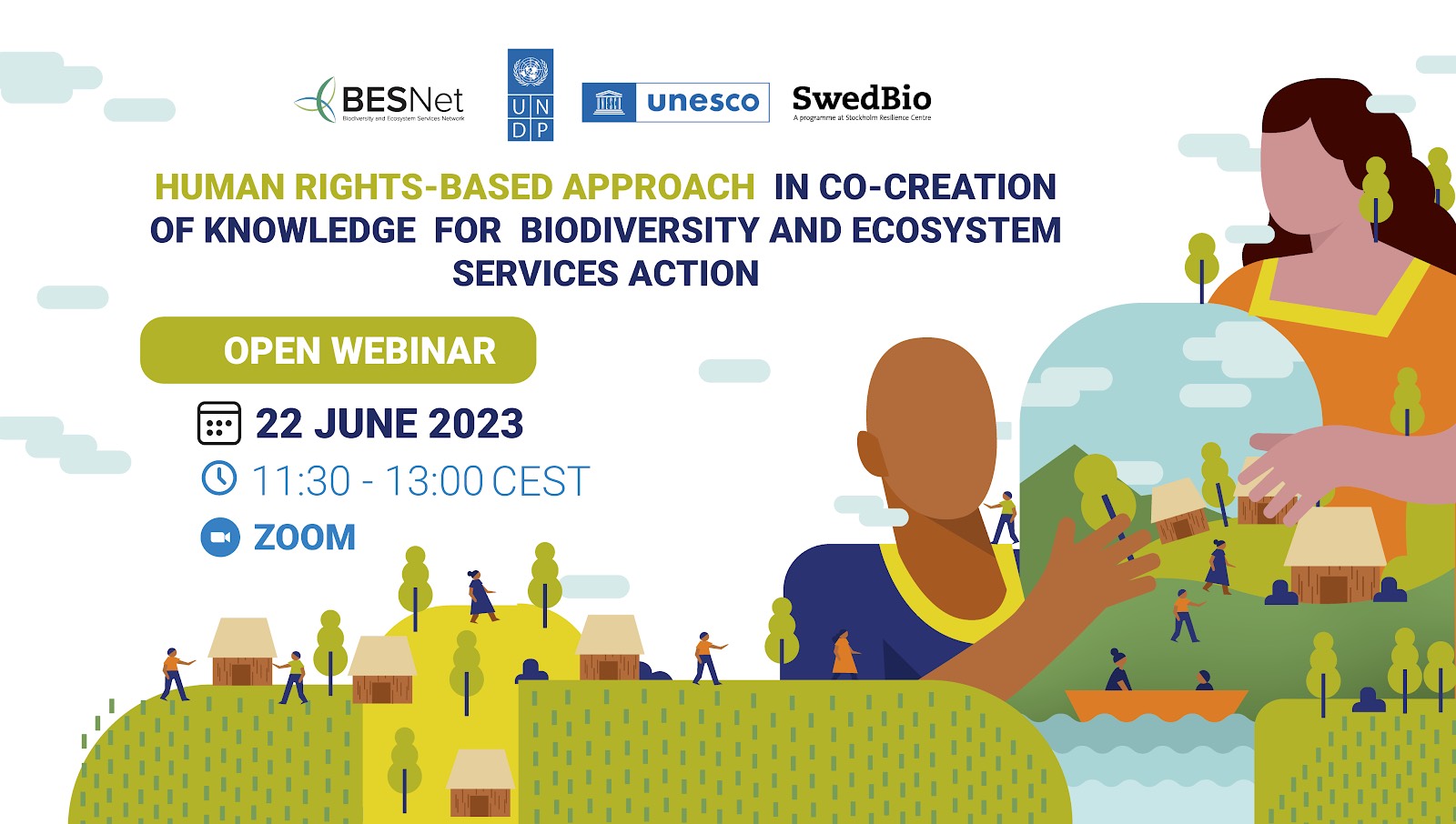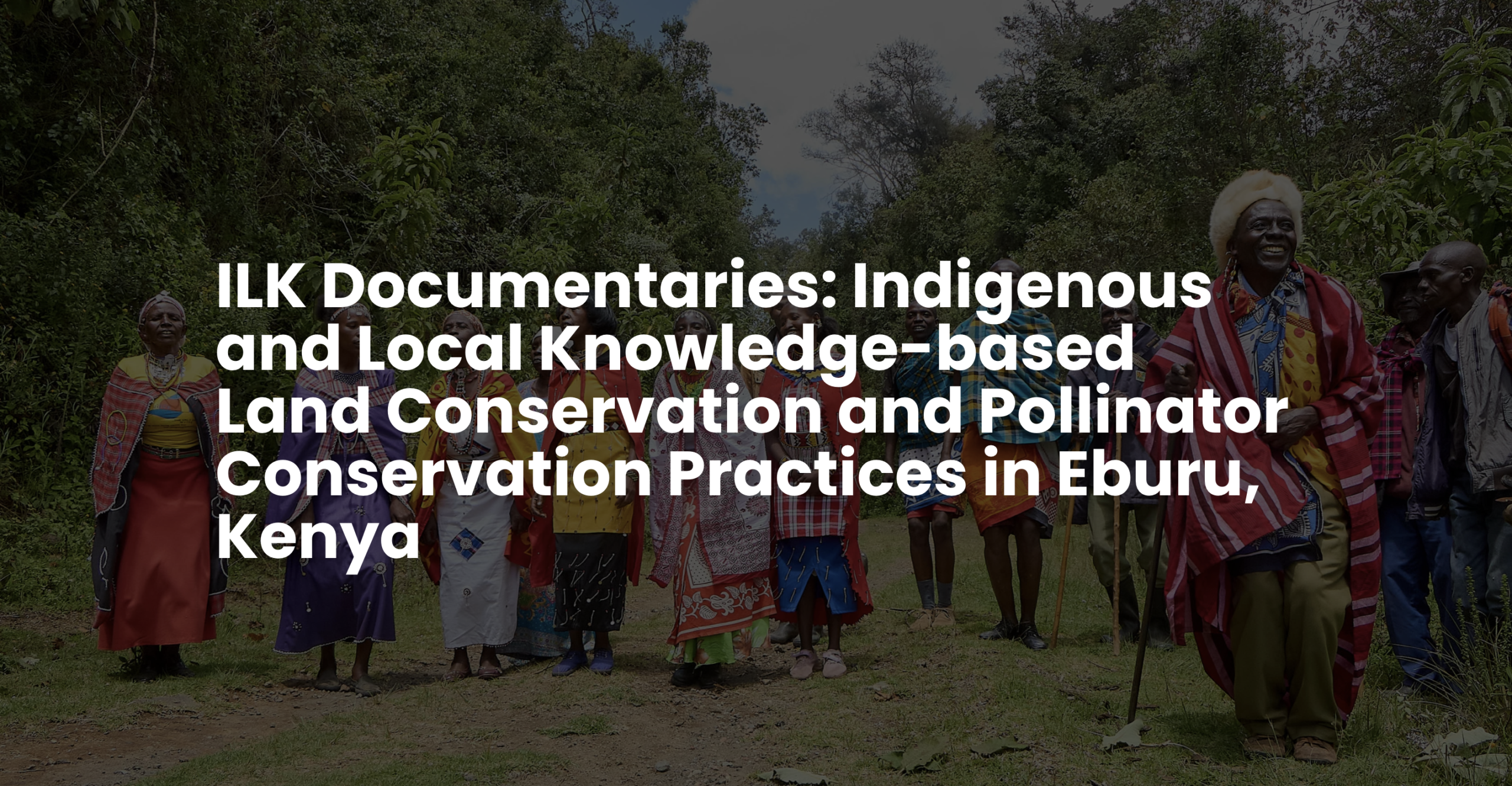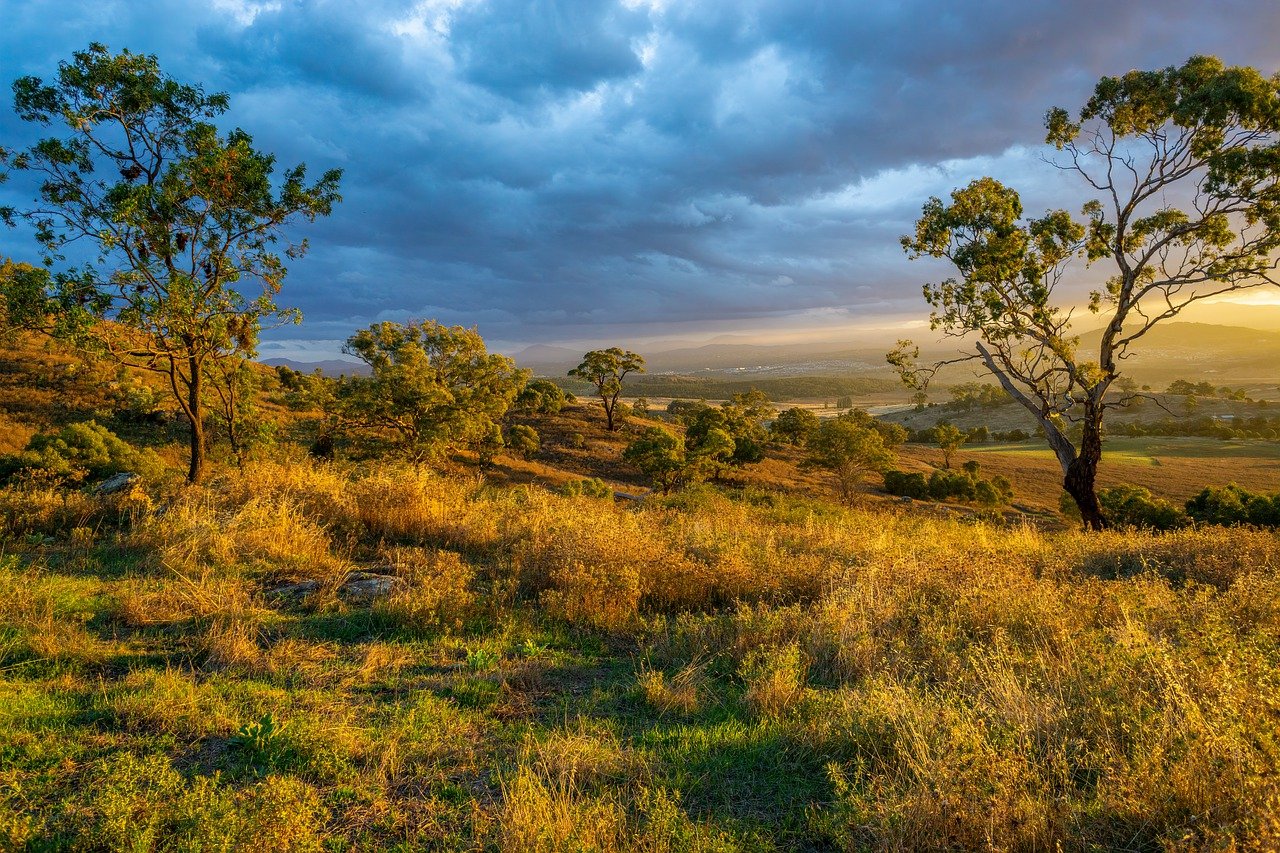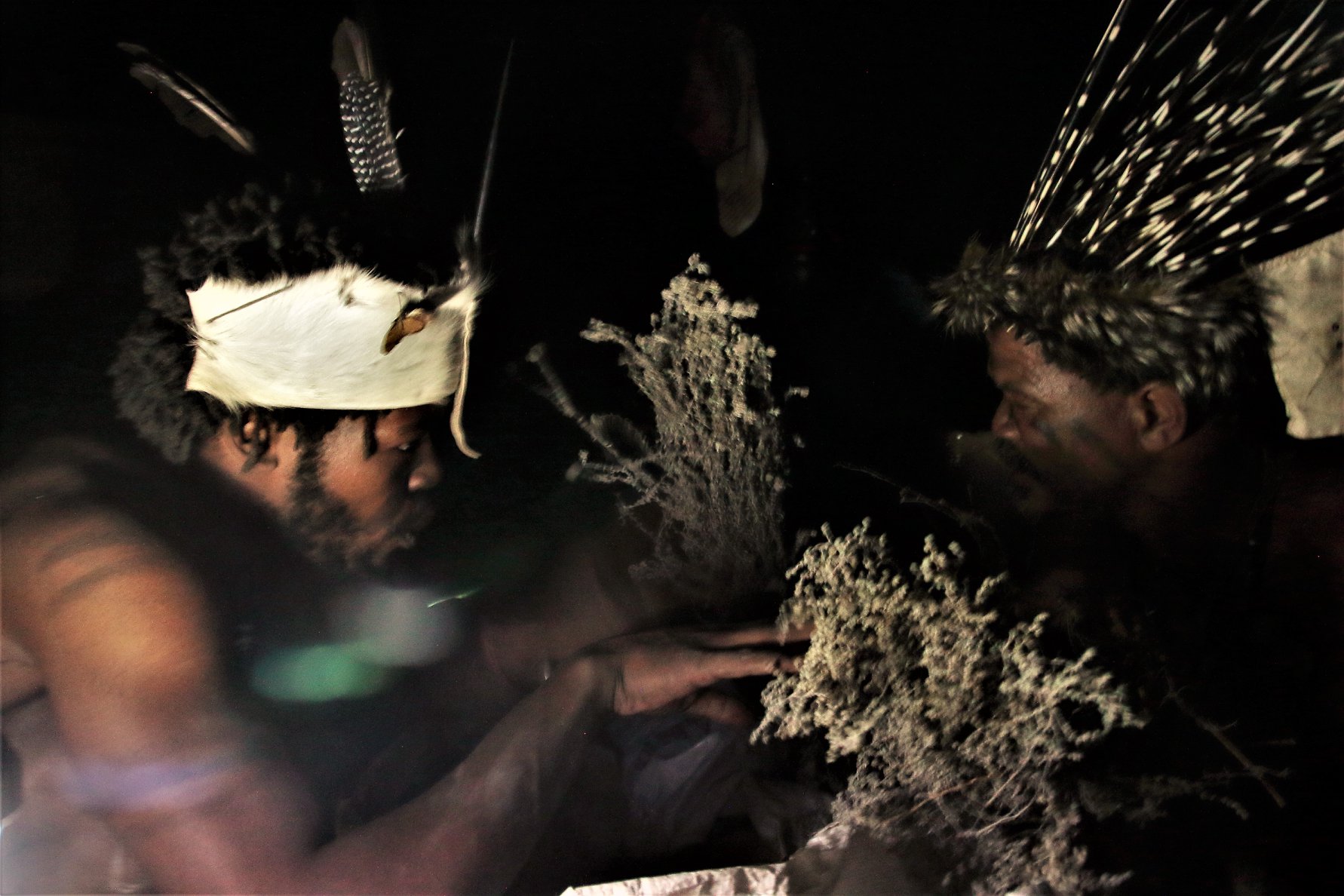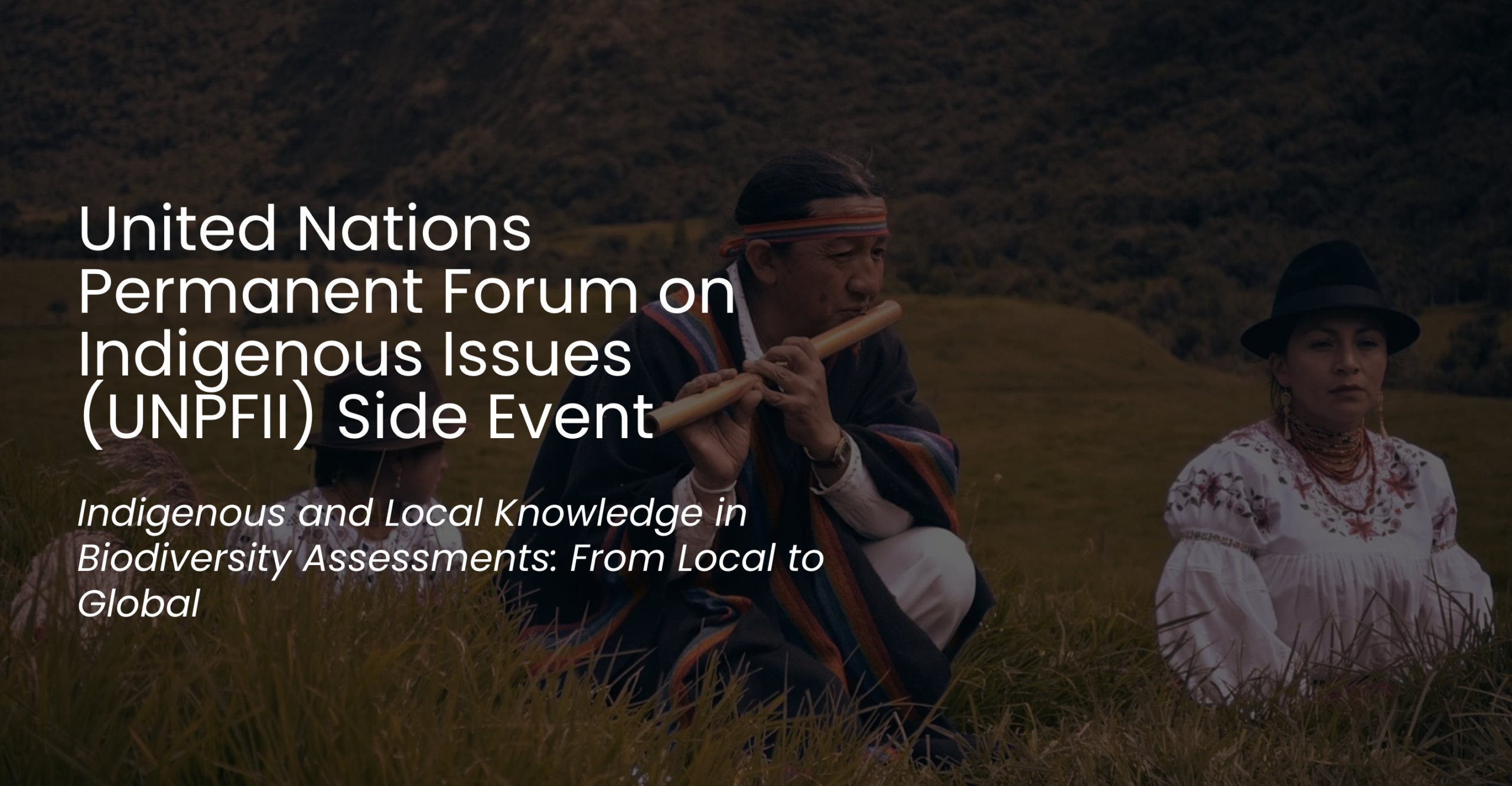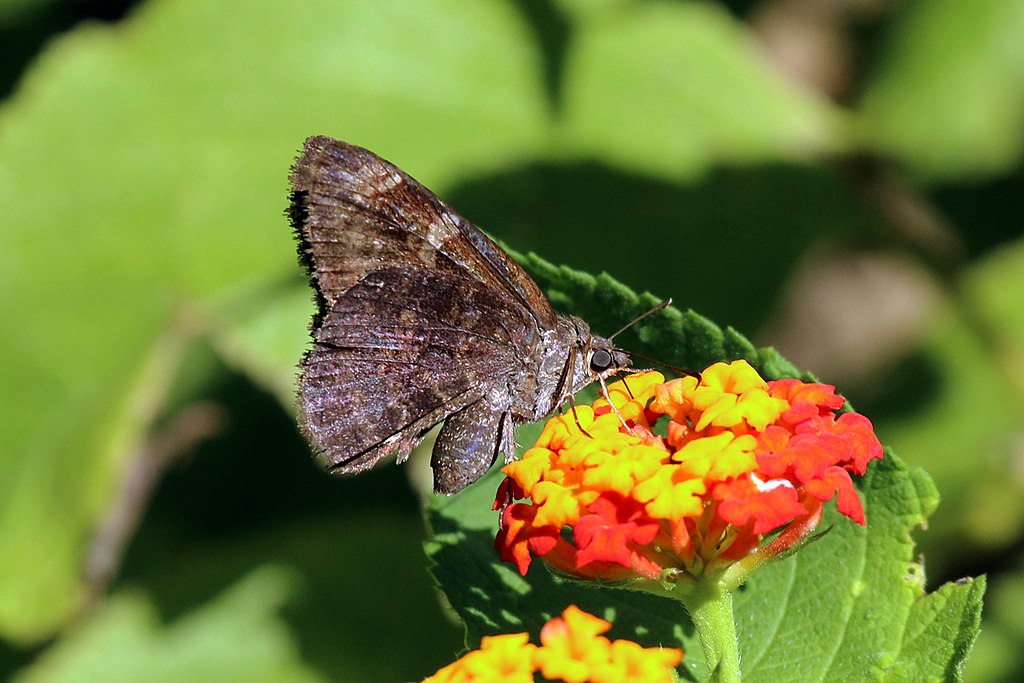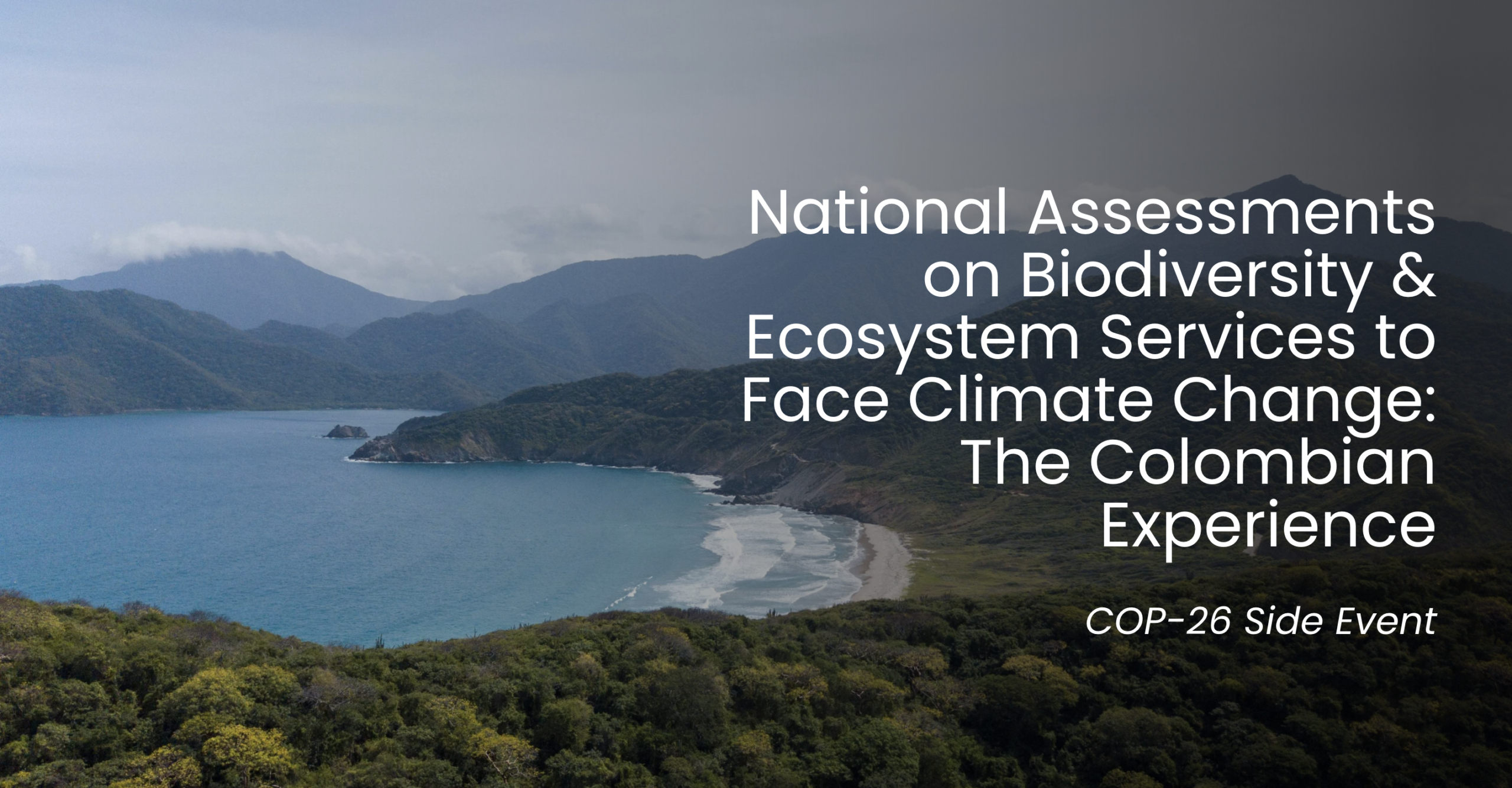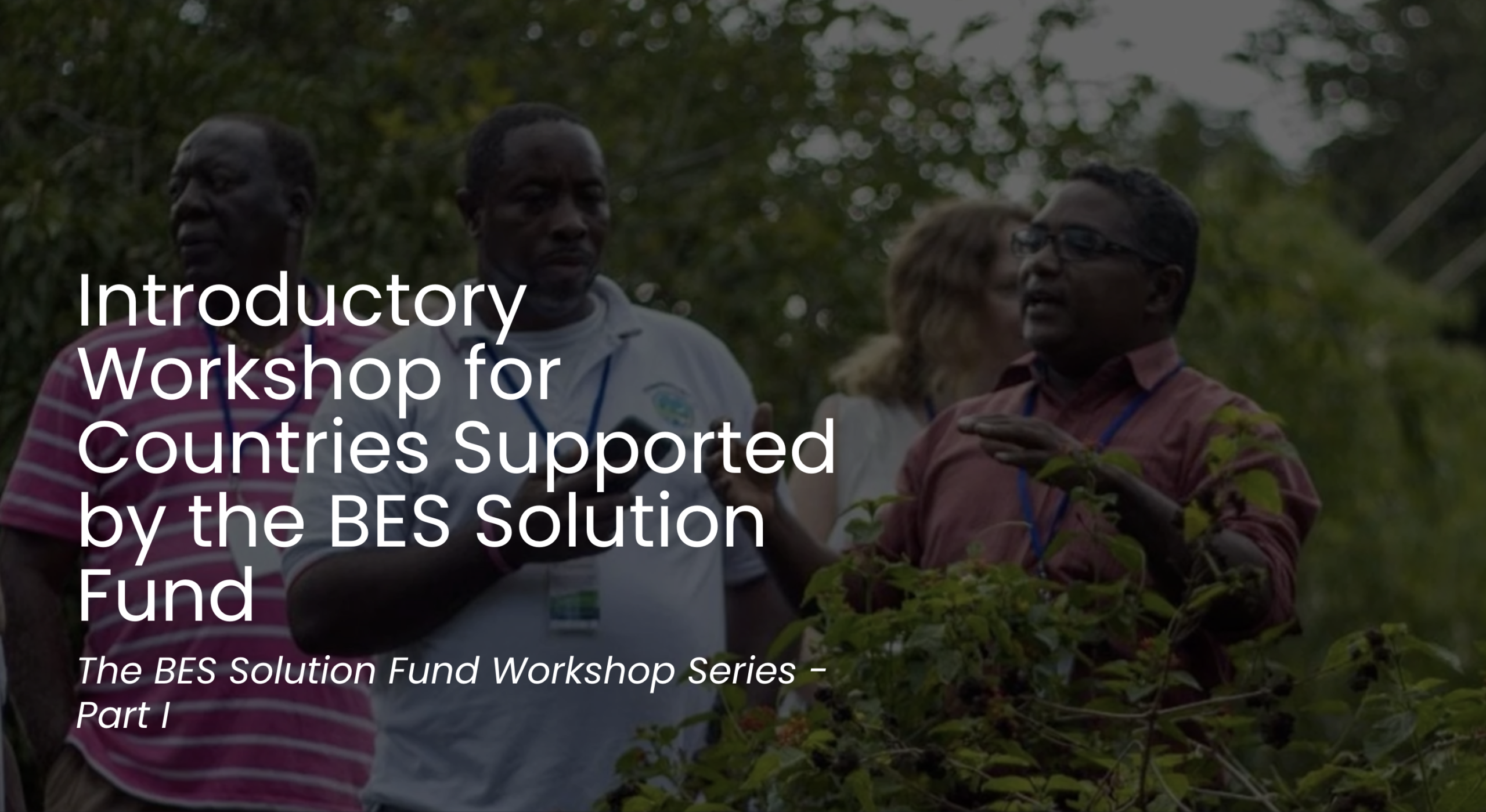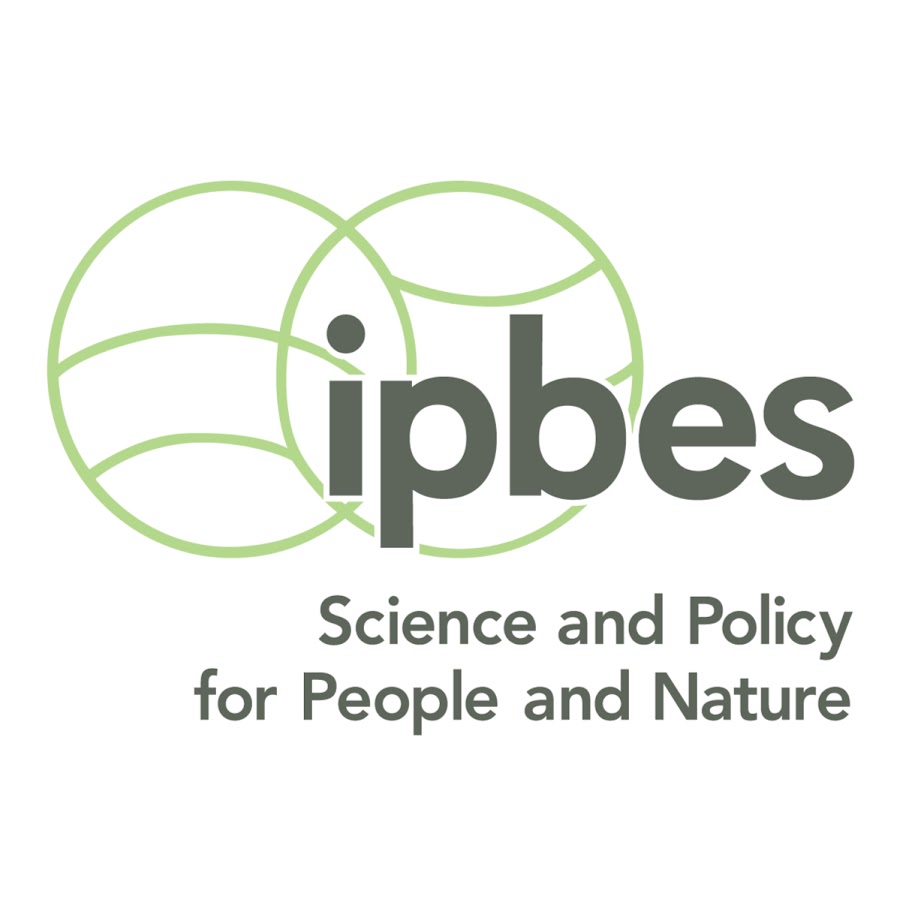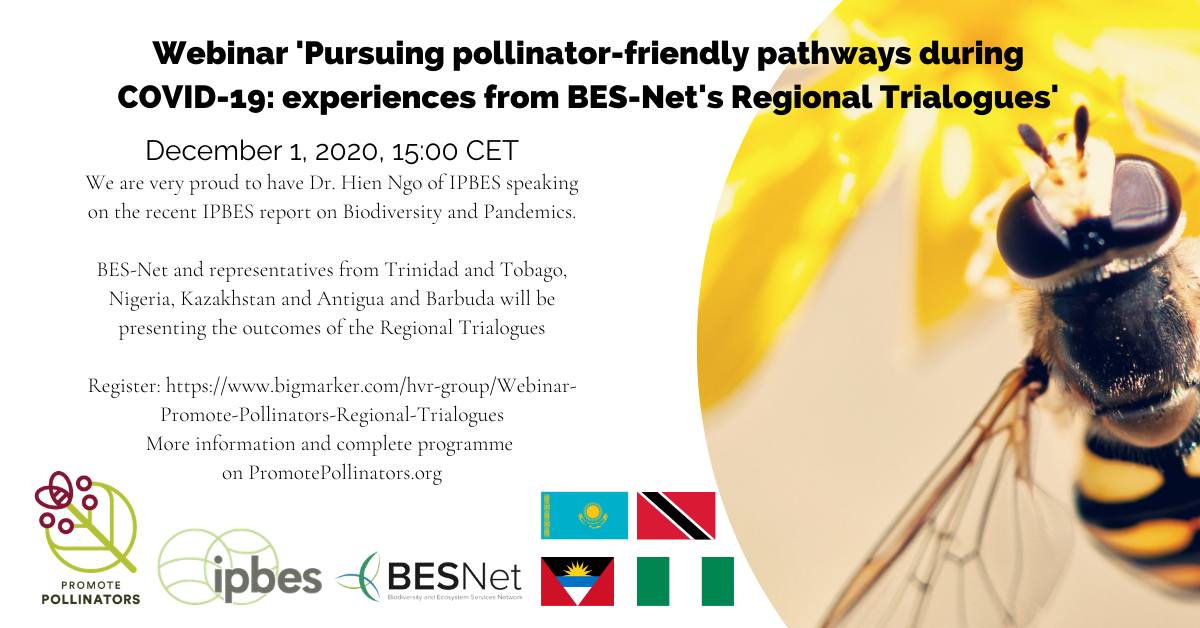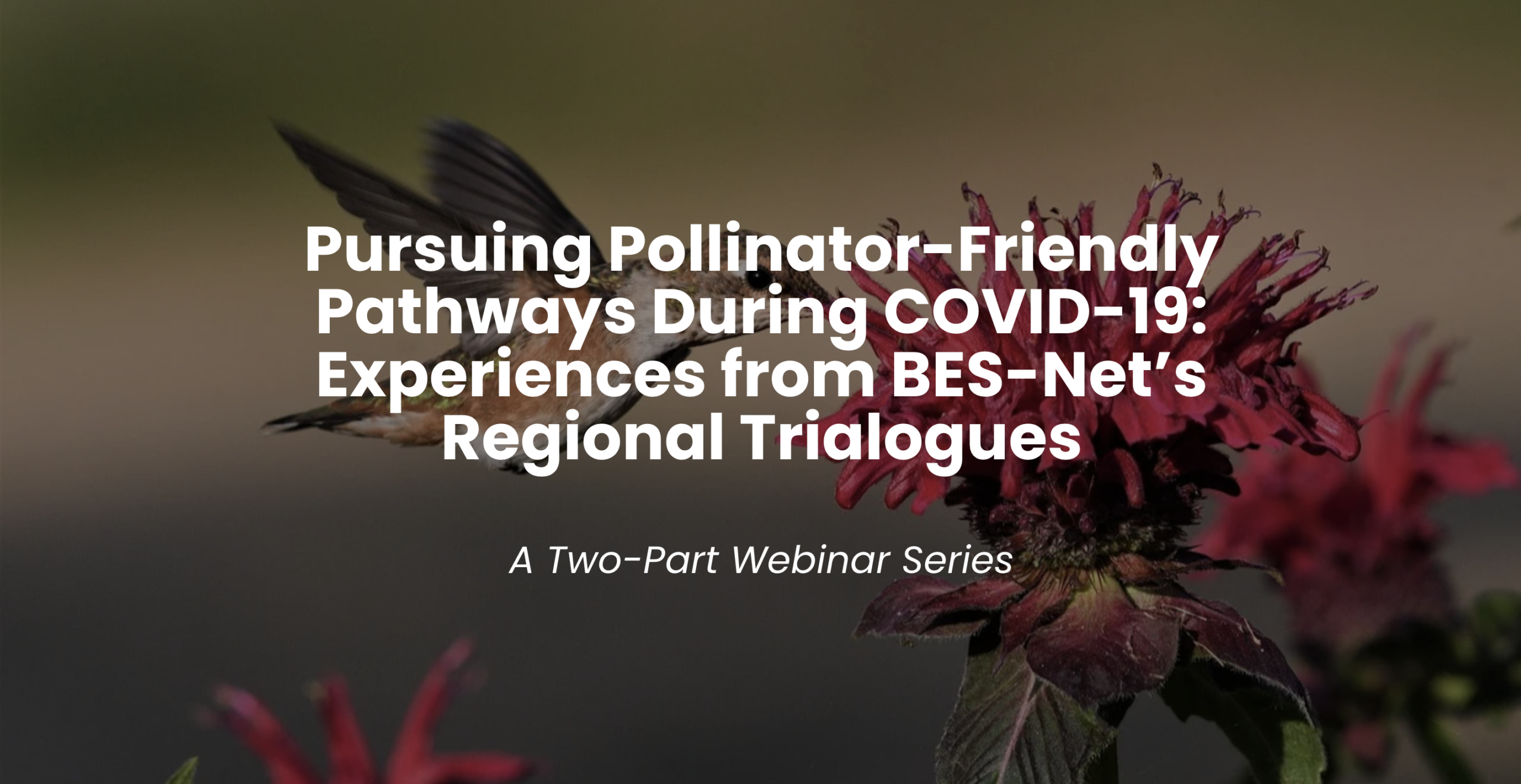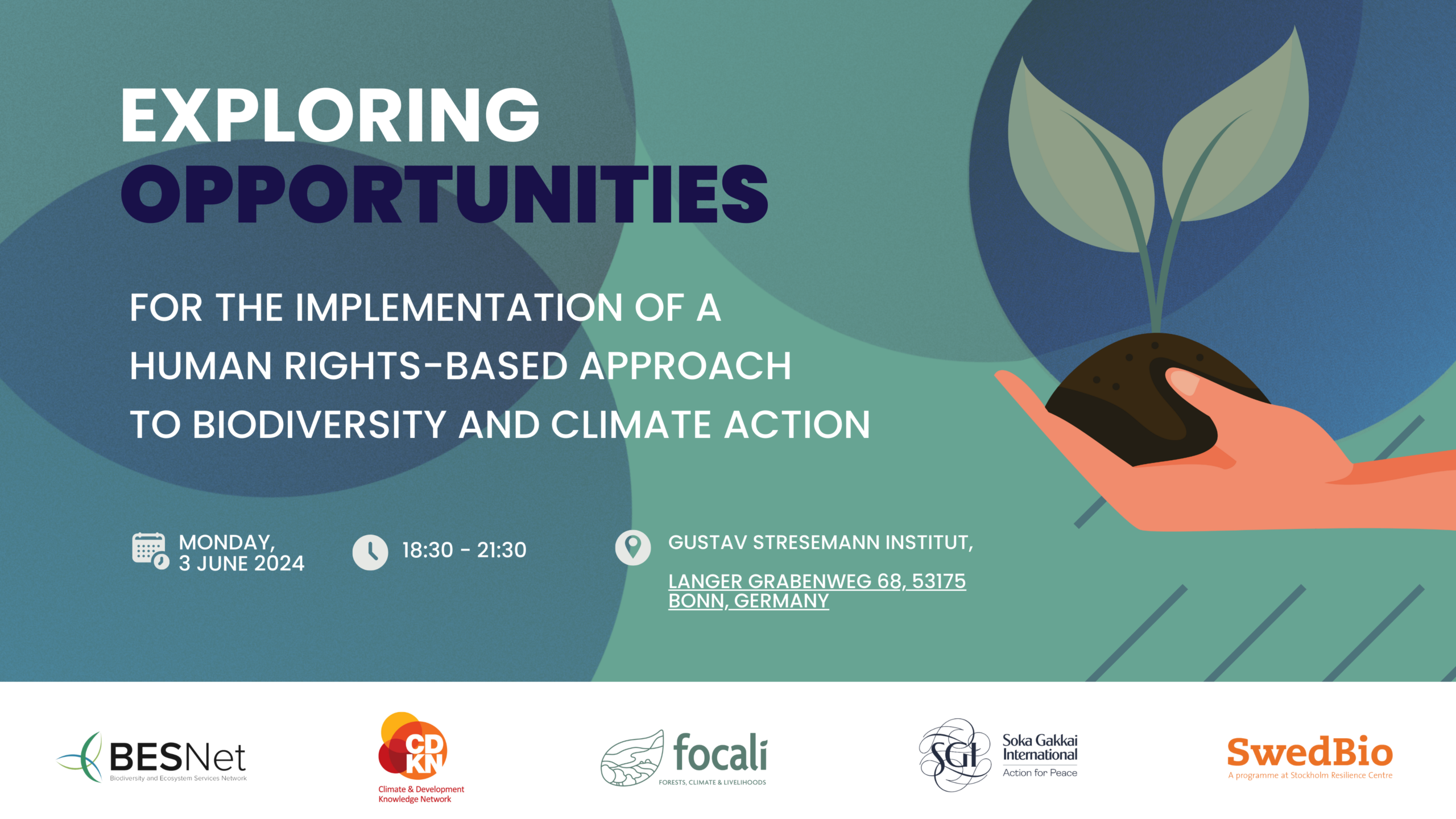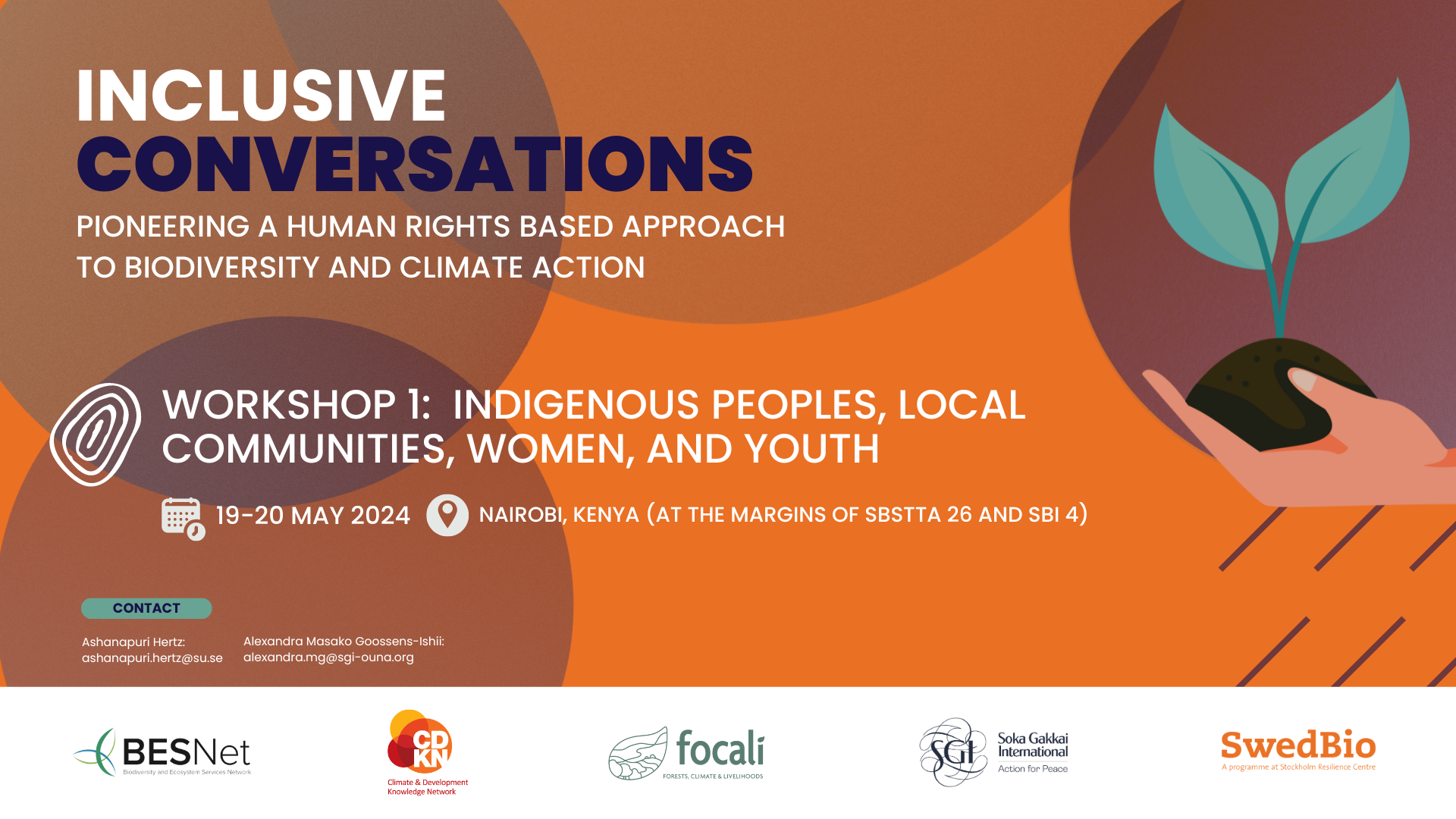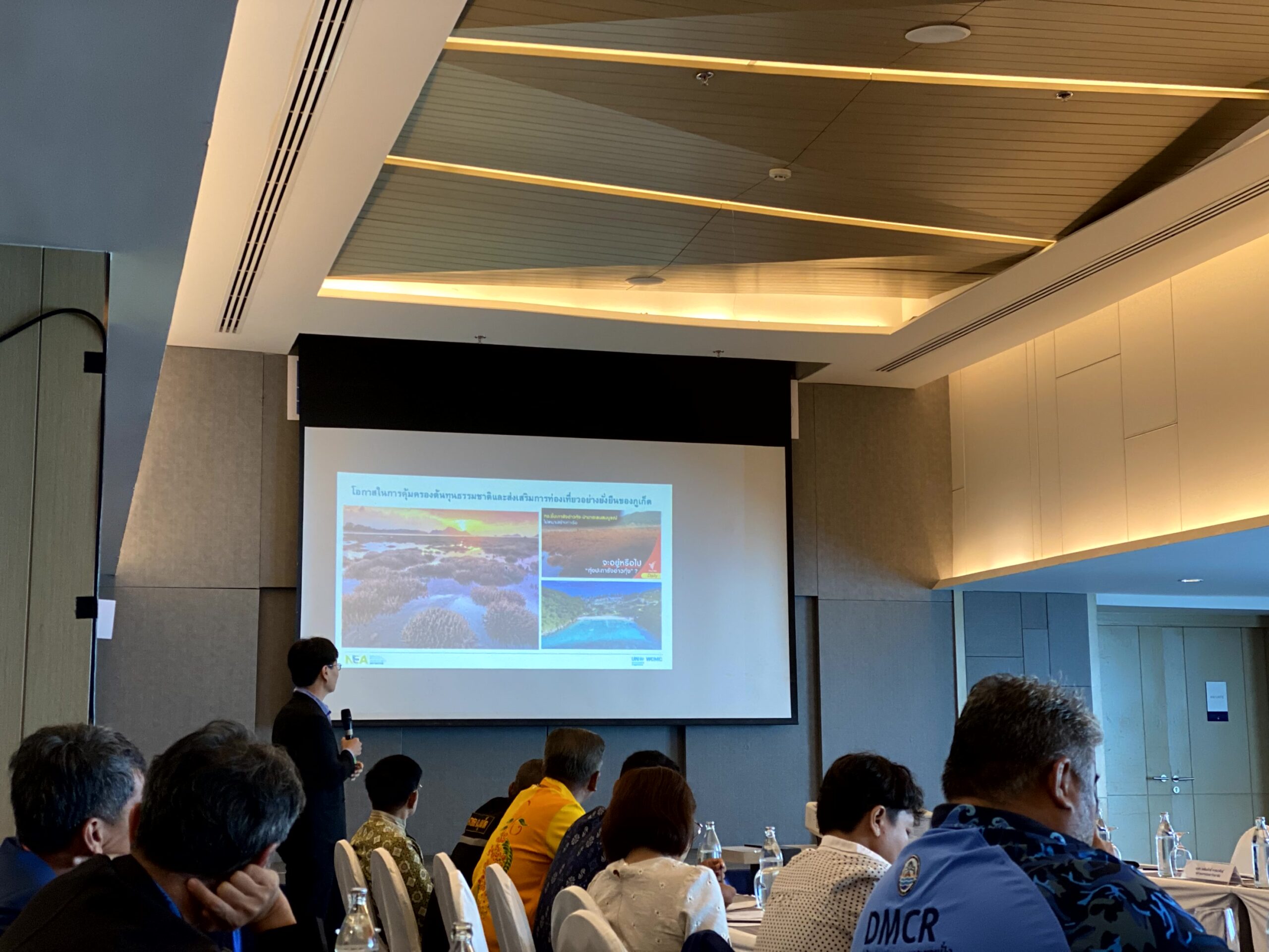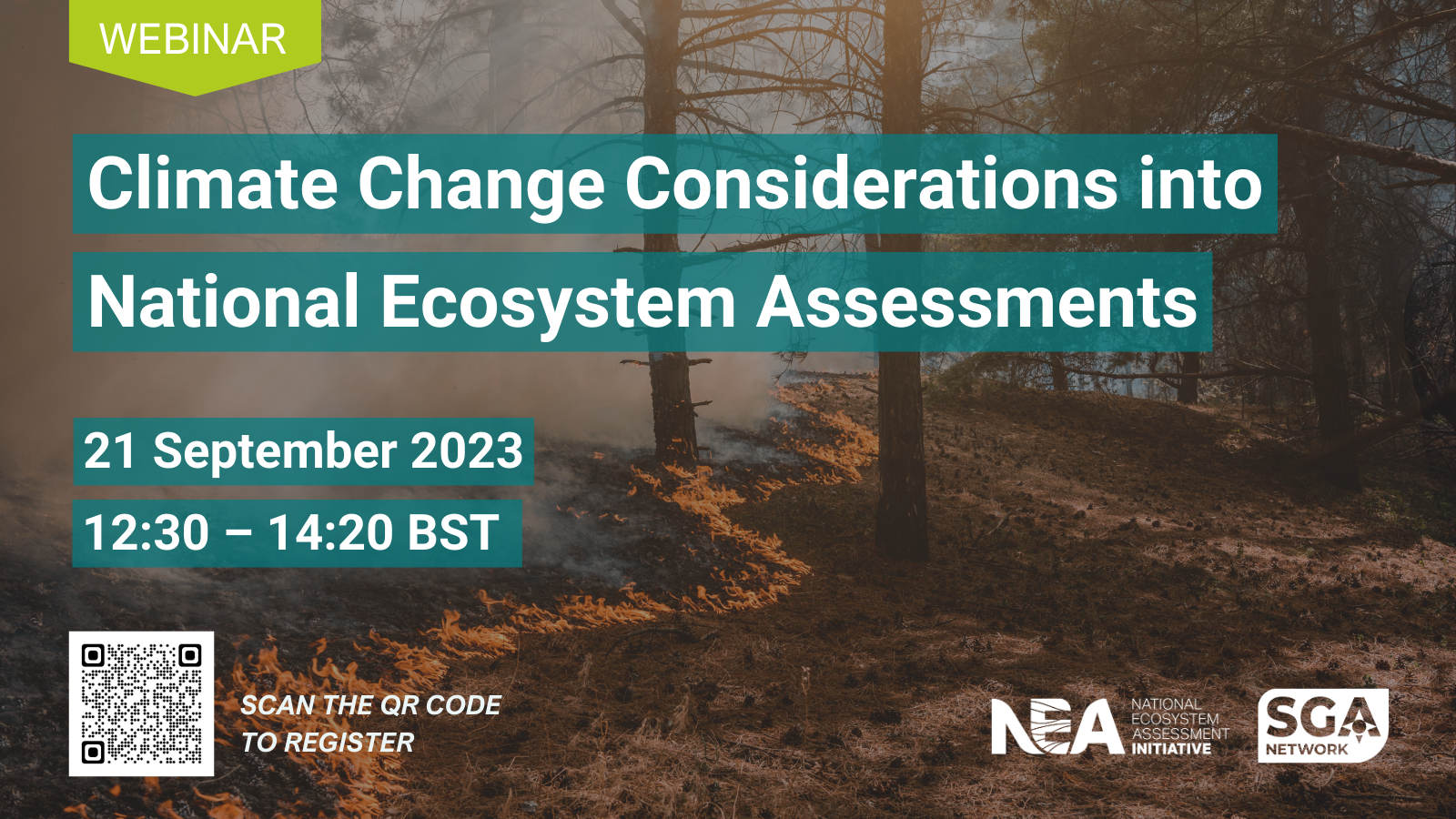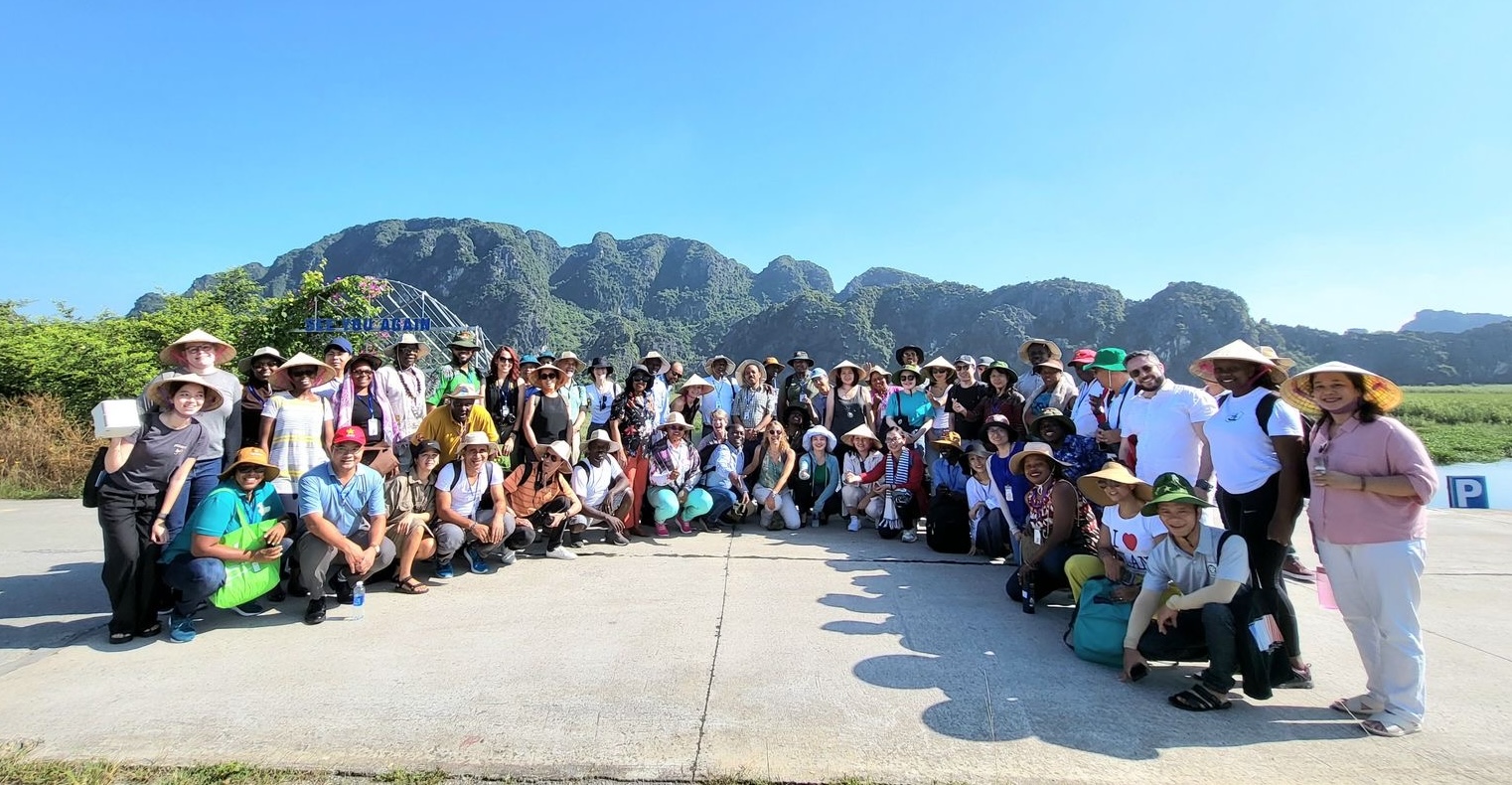Join us for an enlightening online panel discussion exploring the profound effects of artificial light on our planet’s ecosystems. As urbanisation and technology advance, the increasingly pervasive occurrence of artificial light is reshaping natural environments, with significant implications for wildlife and ecological processes.
This discussion will be introduced and chaired by Kevin Gaston, Professor of Biodiversity and Conservation at the University of Exeter, Cornwall. Kevin is an ecologist and conservation biologist who has worked extensively on nighttime ecology and the impacts of anthropogenic activities on the nighttime, particularly through the effects of artificial light. He was also the founding Director of the Environment and Sustainability Institute from 2010–17.
Topics to be covered:
- The Night Sky and Beyond: How artificial light disrupts natural patterns of wildlife, including migration, reproduction, and feeding behaviours.
- Ecosystem Dynamics: Examining the broader ecological impacts, such as changes in predator-prey relationships and pollination of plants.
- Human and Wildlife Interactions: Understanding the intersection of urban lighting and wildlife habitats, and exploring solutions to mitigate negative impacts.
- Innovative Solutions: Highlighting advances in lighting technology and urban planning aimed at reducing light pollution and promoting ecological balance.
Our expert panellists:
- Professor Kevin Gaston
Professor of Biodiversity and Conservation – Environment and Sustainability Institute (ESI), University of Exeter, Cornwall - Ruskin Hartley
CEO and Executive Director – Dark Sky International, Arizona - Dr. Jennifer Hatchell
Senior Lecturer in Astrophysics – Department of Physics and Astronomy, University of Exeter - Dr. Jon Bennie
Senior Lecturer in Physical Geography – Department of Earth and Environmental Science, University of Exeter, Cornwall - Dr. Emanuelle Briolat
Research Fellow – Environment and Sustainability Institute (ESI), University of Exeter, Cornwall
This event is ideal for environmental scientists, urban planners, policymakers, wildlife conservationists, students, and anyone interested in understanding the environmental impact of artificial light and contributing to solutions for a more balanced coexistence with nature.




